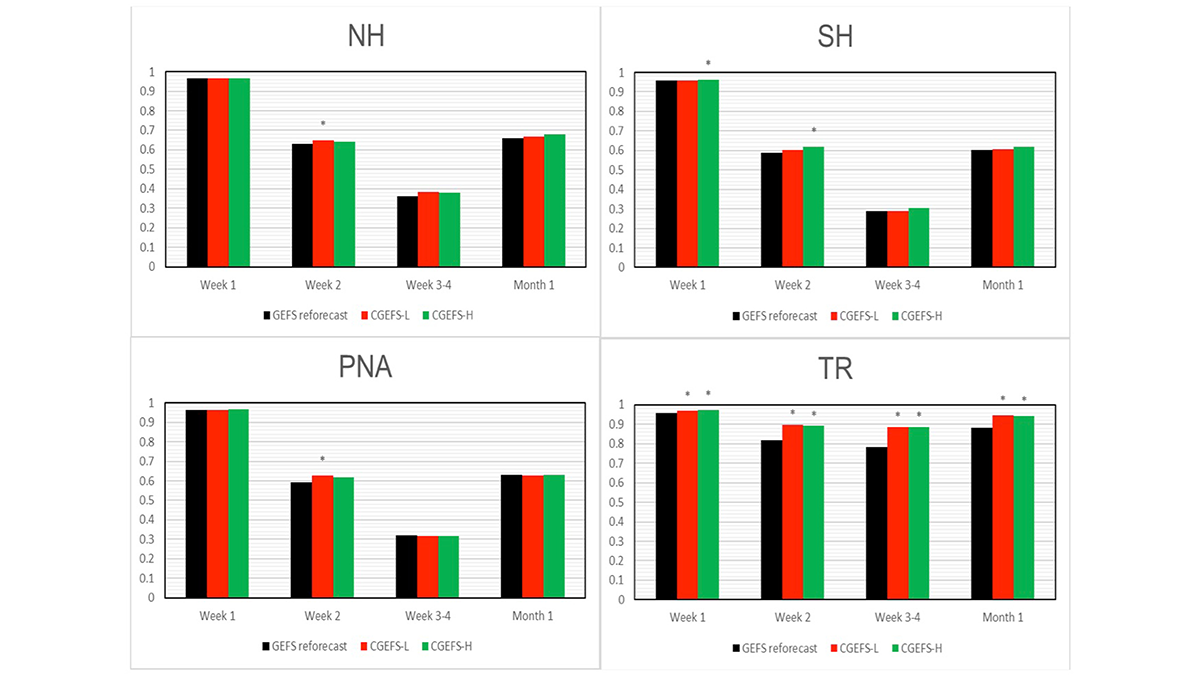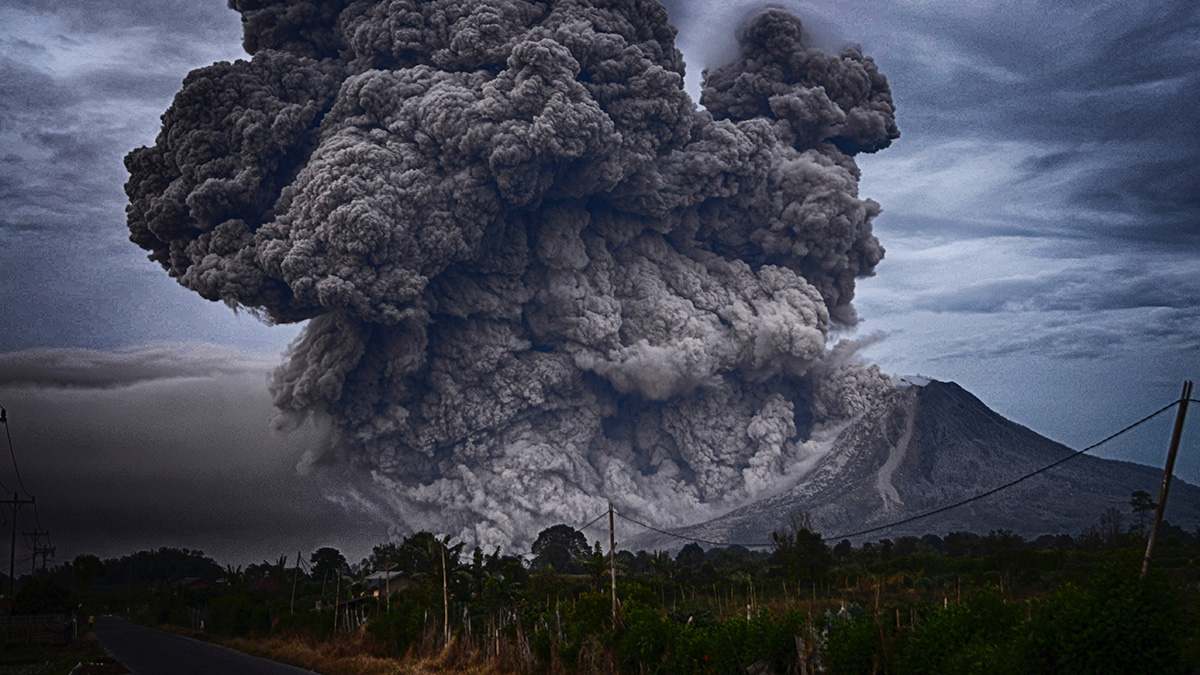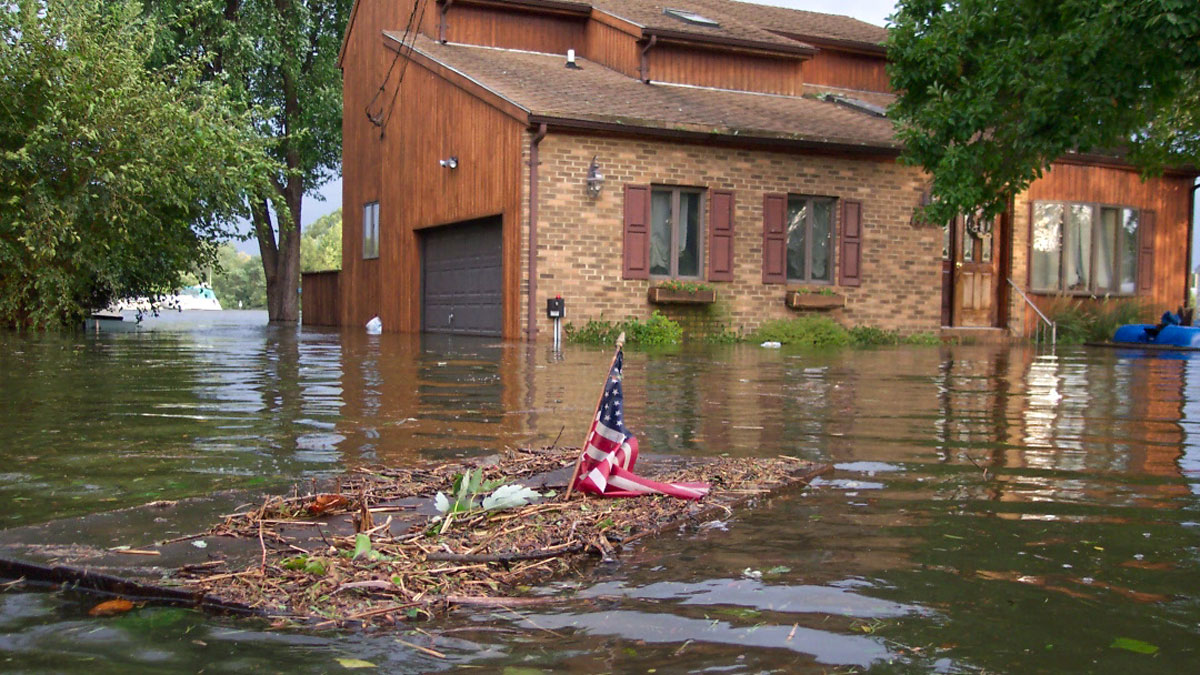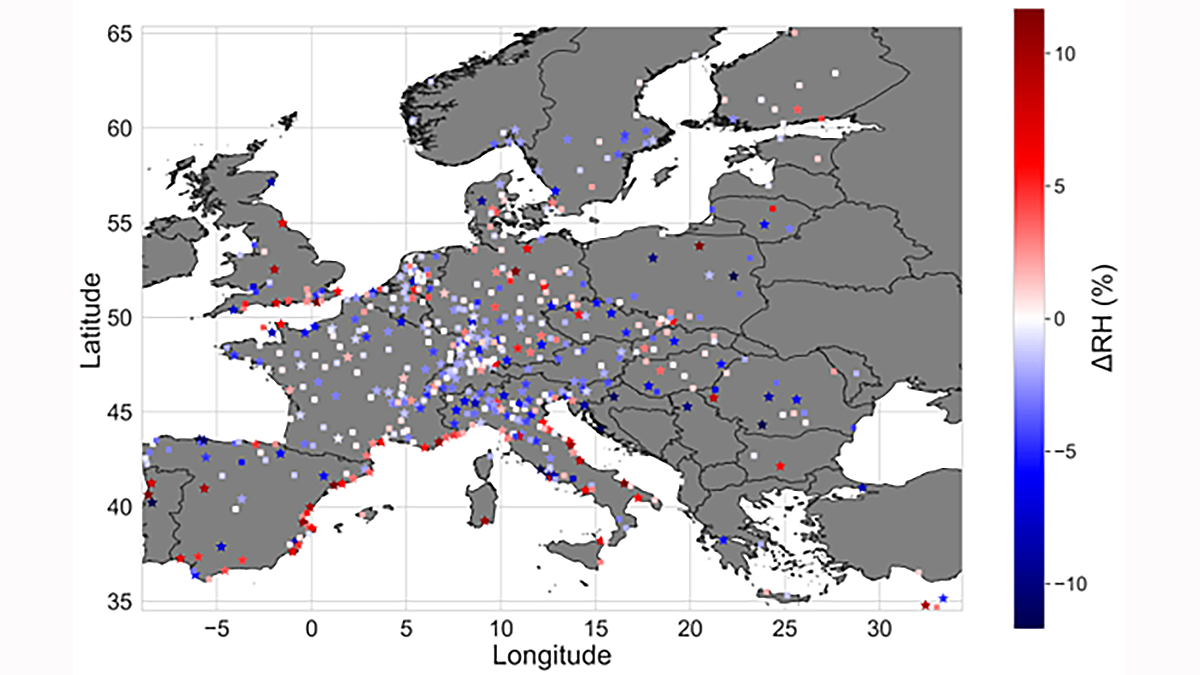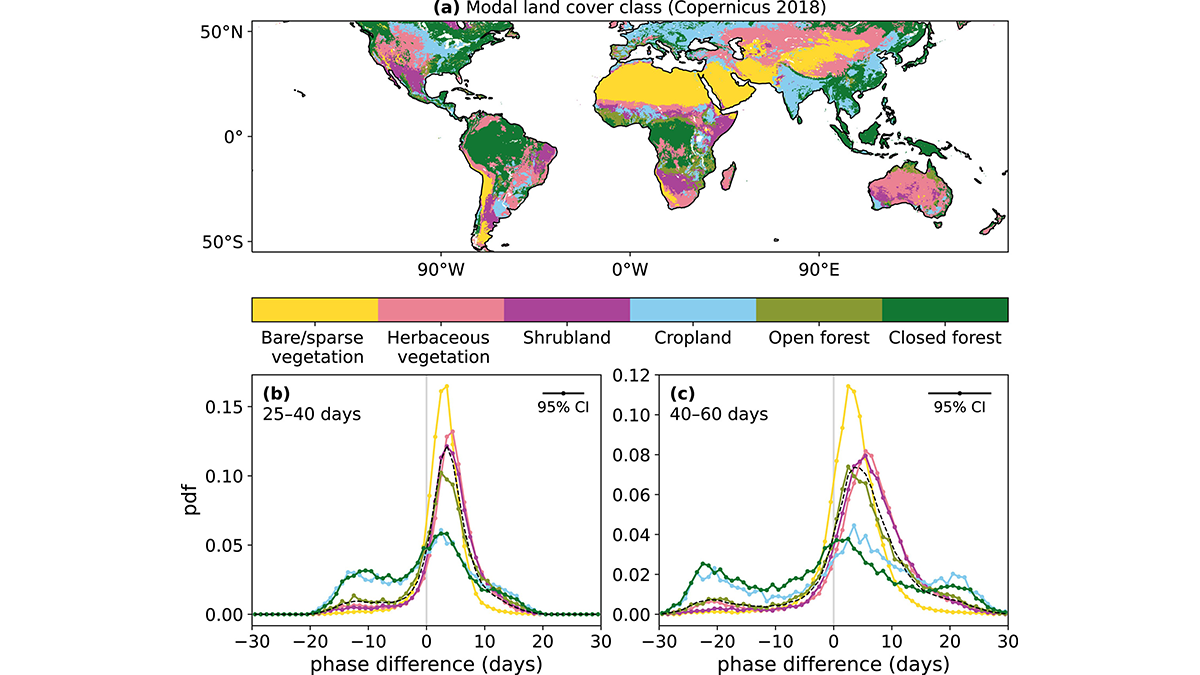Building on older versions, the new Global Ensemble Forecast System with coupled atmosphere-land-ocean-ice-wave models has better forecasting skills of the atmosphere than the uncoupled system.
weather
How Hail Hazards Are Changing Around the Mediterranean
A new method for studying hailstorms from space offers more consistent and more complete views of how and where hail forms, and how climate change might influence hail’s impacts in the future.
Centuries-Old Archive Reveals Far-Flung Impacts of Major Eruptions
Weather records preserved by staff and students at Williams College reveal cool spells in New England after volcanic blasts in Indonesia and South Asia.
Engineering with Nature to Face Down Hurricane Hazards
Natural and engineered, nature-based structures offer promise for storm-related disaster risk reduction and flood mitigation, as long as researchers can adequately monitor and study them.
Drones Make Weather Prediction Easier at the Poles
Researchers measured wind speed with a commercially available drone and a lightweight sensor. The approach could help scientists gather more data from remote environments.
Last Tree Standing
Refugia repopulate forests after fires, but climate change is making these woodlands increasingly unpredictable.
The Lower Humidity of Urban Areas Moderates Outdoor Heat Stress
Data scarcity of traditional observations cannot reveal whether surface temperature capture the potential for urban heat stress. This study improves the dataset with 40,000 citizen weather stations.
Ocean Waves Cause Drag Coefficient Asymmetry Within Typhoons
Observations show that, due to ocean waves, the drag coefficients for surface wind stresses have spatial asymmetry within typhoons, which should be considered in weather and climate simulations.
Rain Makes Skulls Bigger—in Mice
New research shows how regional weather, shaped by towering mountain ranges, might influence the size and shape of local rodents.
Vegetation Carries the Signature of Recent Precipitation
Vegetation response to precipitation is important for near-term weather predictability, and researchers show that such a response can occur within a few days and last up to two months.

